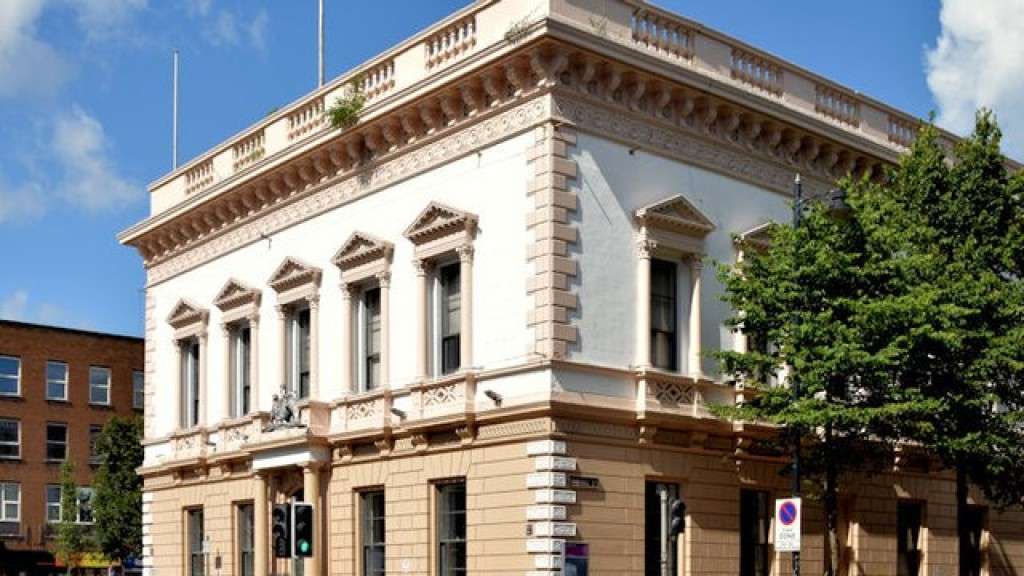Belfast Assembly Rooms added to world heritage watch list

11th February 2025
SAVE welcomes the addition of the Belfast Assembly Rooms to the World Monuments Fund 2025 Watch.
SAVE added the Assembly Rooms in Belfast to our Buildings at Risk Register in June 2024, highlighting its potential for re-use and with the hopes that its regeneration might act as a catalyst for further revitalisation of historic buildings in this area.
The 18th century civic building in Belfast’s city centre now joins the urban fabric of Gaza, the former seat of the Ukrainian People’s Republic in Kyiv and the Moon on this year’s World Monuments Fund (WMF) Watch list. The Assembly Rooms is perfectly situated for re-use, and is the focus of the Assembly Rooms Alliance who have hopes to acquire the building from its private owner in order to restore and convert it as a Museum of the Troubles and Peace, which would be the first of its kind in Northern Ireland.
SAVE welcomes the international attention brought to the Assembly Rooms by the Watch and continues to advocate that this handsome building might soon be brought back into public use.

Credit: Albert Bridge / Belfast Banking Company sign, Belfast / CC BY-SA 2.0
A civic space with a grand history
The Belfast Assembly Rooms was built in 1769 in celebration of the birth of the 2nd Marquess of Donegall, George Chichester. Prior to the construction of the town hall, it is said to have been the geographical centre of Belfast – the point from which all milestones were measured. The building is distinctive due to its classical proportions and retention of remarkable details: an elaborately moulded, floral sill-course and cornice, a channel-rusticated ground floor, and pedimented windows on the upper floor with Corinthian-headed window surrounds.
Extended by a storey in 1779 to designs by architect Sir Robert Taylor, the building became known as the Assembly Rooms and hosted public meetings and events. Debate at the Assembly Rooms was of national importance – in 1786 it was the site of a meeting which saw the abolitionist Thomas McCabe defeat proposals for an Ulster-based slave-trading company, famously stating: ‘‘may God wither the hand and consign the name to eternal infamy of the man who will sign that document”. The building also hosted cultural events; at the Belfast Harp Festival of 1792 forty traditional pieces were played and notated for the General Collection of the Ancient Irish Music (1796). Following remodelling by prominent architect Charles Lanyon in 1845, the building was primarily used for banking until its closure in 2000.
Named in 1969 the ‘Best-Kept Large Building in the city of Belfast’, its fortunes took a turn for the worse in 2000 when Northern Bank moved out of the premises. The building has now been vacant for over twenty years, and although planning permission was granted for its conversion into a hotel and restaurant in 2020, the scheme never came to fruition. Sadly, the building now stands boarded up and has visible vegetation growth.
The international group pioneering the Museum of the Troubles Initiative is chaired by Terrence Brannigan, the chairman of Tourism Northern Ireland, and patronised by a group of academics, journalists, creatives, and human rights campaigners, including former President of Ireland and former UN High Commissioner for Human Rights, Mary Robinson.
SAVE is an independent charity with a remit that extends to the whole of the UK. SAVE is strictly non-political and exists to safeguard built heritage of all types for everyone. We advocate for threatened historic buildings and their sustainable reuse.
